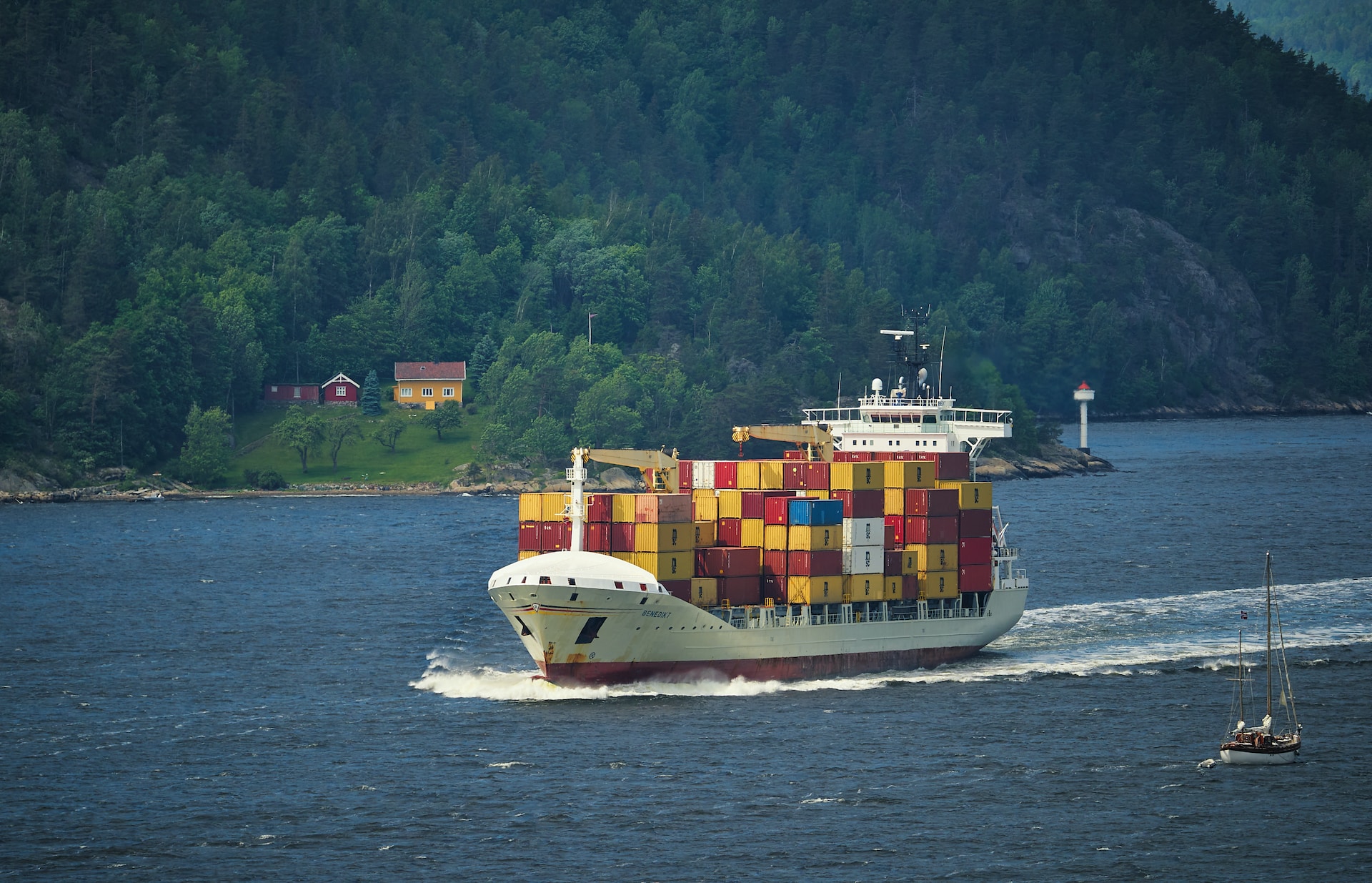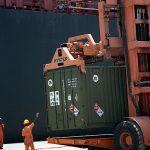The Challenges of Shipping Oversized Cargo and How to Navigate Complex Logistics
This is a guest post by Gale Richards.
Shipping oversized cargo can present a unique set of challenges that require specialized knowledge and expertise. Oversized cargo refers to any shipment that exceeds the standard size or weight limitations for transportation equipment, such as trucks, trains, or cargo ships. Therefore, navigating the complex logistics involved in transporting oversized cargo can be daunting for anyone who imports and exports goods. From regulatory and permitting requirements to equipment availability and suitability, route planning and execution, handling and loading, and communication and coordination, there are numerous factors to consider when shipping oversized cargo. So, join us as we discuss the challenges of shipping oversized cargo and how to navigate complex logistics.
Requirements and Regulations to Observe When Shipping Oversized Cargo
The first of the challenges of shipping oversized cargo is the regulatory and permitting requirements. These requirements vary by country and can include permits for road use, bridge crossings, and even air travel. Additionally, there may be specific regulations regarding the size, weight, and type of cargo transported through certain areas. Custom clearance procedures and documentation requirements can also be complex and time-consuming for international exports and imports. The challenges of obtaining and complying with these regulatory and permitting requirements can be significant, especially for businesses new to the process or operating in unfamiliar regions. Failure to comply with these requirements can result in costly delays, fines, or even the impounding of cargo. Therefore, businesses must work with experienced logistics partners who can navigate these requirements efficiently and effectively.
The Challenges of Equipment that Can Handle Shipping Oversized Cargo

Shipping oversized cargo requires specialized equipment that can handle the weight and size of the cargo. This can include flatbed trailers, lowboy trailers, modular trailers, and cranes, among others. The challenges of finding and procuring the necessary equipment can be significant, especially for businesses that do not have access to their own fleet of specialized transportation equipment. Even when equipment is available, it may not be suitable for the specific type of oversized cargo you are transporting. This further complicates the logistics of the shipment. Each type of equipment has its strengths and limitations, and choosing the right equipment for a specific shipment requires careful consideration of factors such as cargo weight, dimensions, and destination. Working with logistics partners who have a deep understanding of the equipment requirements for oversized cargo shipments can help businesses navigate these challenges and ensure that their shipments are transported safely and efficiently.
Loading and Handling Oversized Cargo
If you think that just securing the specialized equipment such as cranes, forklifts, and rigging is the full extent of the troubles when trying to load up or handle oversized cargo, you are mistaken. The challenges involved in safely and efficiently loading oversized cargo include limited space, uneven terrain, and restrictions on using certain equipment in certain areas. Additionally, you must properly secure the cargo to prevent shifting or damage during transport. Successful handling and loading of oversized cargo require experienced professionals. And they need to be familiar with the equipment and techniques necessary to safely move and secure the cargo. This can include choosing the right type of equipment and using specialized rigging techniques to secure the cargo in place. Thankfully, since freight rates are falling across the board, it’s possible to offload all this trouble of shipping oversized cargo relatively cheaply.
Planning Out Your Oversized Cargo Shipment Route
Another challenge of shipping oversized cargo is route planning. Identifying the optimal route for a shipment involves considering many factors, including road and bridge weight limits, clearance heights, traffic congestion, and potential obstacles such as narrow bridges or tight turns. In addition to identifying the optimal route, the execution of the plan requires close coordination with transportation providers. It even involves cooperation with regulatory agencies that ensure that the shipment can be transported safely and without disruption. As the moving and storage experts from Transparent International NYC point out, you also need to account for the turnover of goods at certain points. And even temporary storage if stops are required. All of which require a lot of careful planning well ahead of the time of shipment.
Communication and Coordination Are Crucial for Oversized Cargo Shipping
Effective communication and coordination are crucial in successfully transporting oversized cargo, especially for international exports and imports. Coordinating multiple parties involved in the shipment, such as carriers, customs brokers, and regulatory agencies, can be challenging. And miscommunication or delays result in costly disruptions to the shipment. To address these challenges, logistics partners use a variety of technologies and tools to facilitate communication and coordination, such as GPS tracking, real-time shipment monitoring, and online collaboration platforms. These tools allow for real-time updates and information sharing among all parties involved in the shipment. In turn, this ensures that everyone has the information they need to keep the shipment on schedule and mitigate any potential issues. Of course, effective communication and coordination can help businesses overcome the other challenges of shipping oversized cargo. Furthermore, it will allow them to transport their cargo safely and efficiently across borders and around the world.
Overcoming the Challenges of Shipping Oversized Cargo
As we’ve seen in our guide to the challenges of shipping oversized cargo and how to navigate complex logistics, this task presents a lot of obstacles. Regulatory and permitting requirements, equipment availability and suitability, route planning and execution, handling and loading, and communication and coordination. All of them will get in the way of a safe shipment of oversized cargo. However, if you take the time to properly account for them all and establish careful route planning, close coordination with carriers and regulatory agencies, effective communication and collaboration among all parties involved in the shipment, and the use of specialized equipment and techniques for handling and loading the cargo, you will be successful! Regardless of the challenges, your shipment should arrive at the destination without delays or damage. And you’ll be able to reap the full profits of your business venture.

This was a guest post by Gale Richards.
Author Bio
Gale Richards is a logistics expert and seasoned writer with over ten years of experience in the shipping industry. His expertise lies in the transportation of oversized cargo, and he has authored numerous articles on navigating complex logistics.





